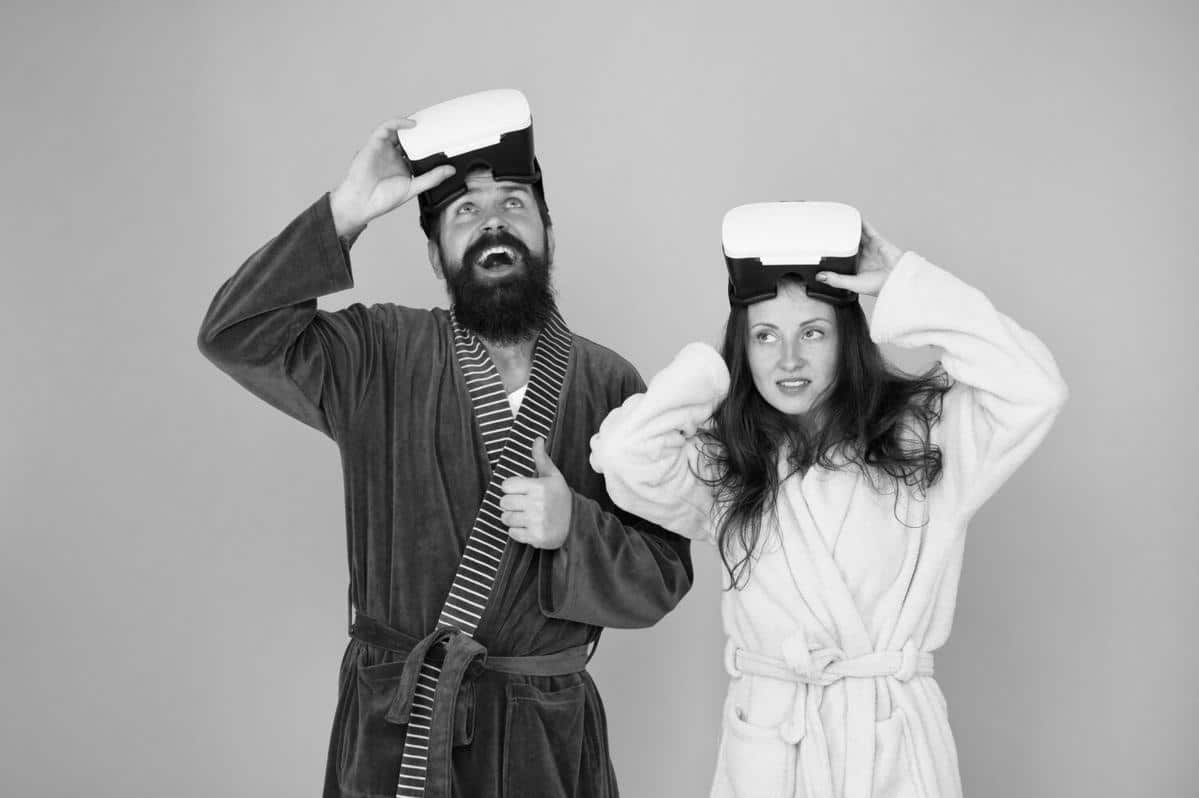
Virtual Reality: A New Frontier for Empathy and Activism
Virtual reality (VR) is no longer just a tool for gaming or entertainment; it’s emerging as a powerful medium for fostering empathy and driving social change. By immersing users in new environments and experiences, VR has the potential to transform how we understand and engage with the world around us.
As virtual reality technology becomes more advanced, its applications in empathy-building and activism are increasingly being recognized. Experts like Chris Milk, a VR pioneer, describe VR as “the ultimate empathy machine,” suggesting its capacity to let users step into the shoes of others. This immersive quality can be harnessed to create profound emotional connections and a deeper understanding of global issues.
The Impact of VR on Empathy
Research has shown that VR experiences can significantly enhance empathy. A study by Stanford University’s Virtual Human Interaction Lab found that participants who experienced homelessness through VR reported a greater understanding and willingness to engage in supportive actions afterward. These findings highlight VR’s potential to bridge the empathy gap that often exists in social issues.
Real-Life Applications
Organizations are already using VR to raise awareness and drive change. For instance, immersive documentaries allow viewers to witness life in conflict zones, such as those created by the United Nations, which transport viewers to Syrian refugee camps. These experiences can mobilize support and donations, showcasing VR’s role in advocacy.
How VR is Transforming Activism
Activists are leveraging VR to create compelling narratives that captivate and educate audiences. By offering firsthand experiences of social injustices, VR can galvanize public support and inspire action. A notable example is the use of VR in environmental activism, where users can explore the impact of climate change on polar ice caps, fostering a sense of urgency and responsibility.
Practical Tips for Using VR in Activism
- Start with a clear goal: Define what you want to achieve with your VR project, whether it’s raising awareness, educating the public, or driving donations.
- Collaborate with storytellers: Work with filmmakers and journalists to craft engaging and accurate narratives.
- Ensure accessibility: Make your VR experiences available on multiple platforms to reach a wider audience.
- Evaluate impact: Use surveys and feedback to measure the effectiveness of your VR initiatives and adjust accordingly.
Comparing VR with Traditional Media
| Aspect | Virtual Reality | Traditional Media |
|---|---|---|
| Engagement | Highly immersive | Moderate |
| Emotional Impact | Strong | Varies |
| Accessibility | Limited by technology | Widely accessible |
| Cost | High | Varies |
| Reach | Growing | Broad |
| Interactivity | High | Low |
| Longevity | Potentially timeless | Time-bound |
| Storytelling | Experiential | Narrative |
Frequently Asked Questions
How can VR foster empathy?
VR places users in others’ shoes, allowing them to experience different perspectives firsthand, which can deepen understanding and emotional connection.
What are the challenges of using VR in activism?
The main challenges include high production costs, technological barriers, and ensuring the content is accessible and impactful.
In conclusion, virtual reality is paving a new path for empathy and activism. By offering transformative experiences, it empowers individuals to connect with global issues in meaningful ways. As technology evolves, so too does the potential for VR to inspire empathy and drive positive social change. Taking action now by integrating VR into advocacy efforts can make a significant difference in tackling the world’s pressing challenges.


